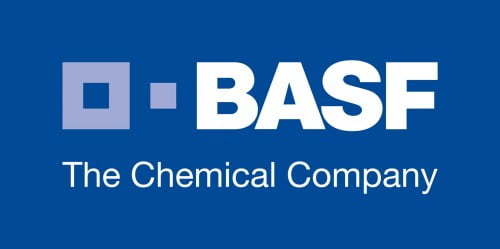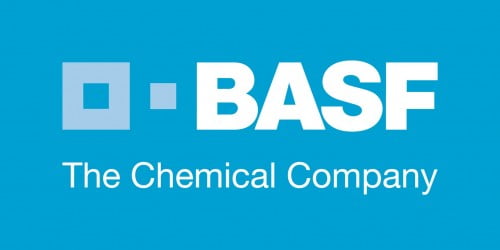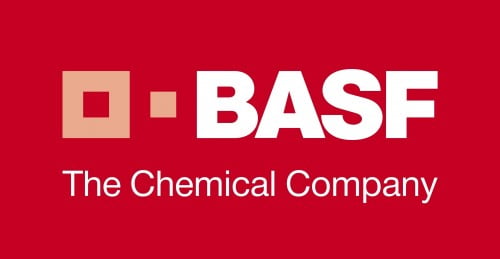BASF Logo — BASF is a group chemical German and largest chemicals group in the world. Its headquarters is located in Ludwigshafen in Germany. BASF has more than 160 subsidiaries and joint ventures and operates more than 380 production sites, both in Europe, Asia, North America, South America and Africa. BASF has customers in over 200 countries and supplies its products to a wide variety of industries.
In 2010, the group employed more than 109 000 people (over 50 800 in Germany) and its turnover amounted to 63.873 billion € for a profit of € 7.8 billion. The group is currently expanding its international activities with a particular view on Asia. Between 1990 and 2005, BASF has invested € 5.6 billion in Asia, particularly in the acquisition of sites Nanjing and Shanghai.
BASF, abbreviation of Badische Anilin und Soda-Fabrik “factory of aniline and soda of Baden” is a group of companies based in Ludwigshafen in 1865. They produced the source of dyes derived from coal tar. The first production process was based on the recovery of byproducts from the gasification of coal gas. It is from this recovery has been produced the dye aniline. She quickly became one of the largest companies in the European chemical industry. Its numbers rose from 7,000 people in 1900 to 24,000 in 1920. Thus increasing the population of Ludwigshafen in 5000 to 60 000, then 100 000 inhabitants.
In 1925, the group is attached to the IG Farben to form a consortium which became a centerpiece of the war economy German. It will be dismantled by the Allies after World War II, and will be recreated in 1952. Today’s society is once again a leading global chemical groups. This company is known for being the first to synthesize the dye alizarin, indigo and indanthrene. She also managed to create the rubber synthetic, and succeeded in obtaining from nitrogen and carbon, of ammonia. BASF also manufactures fertilizers and pharmaceuticals.
March 2, 2010, its subsidiary, BASF Plant Science, Culture receives approval in the European Union of the variety of potato transgenic she developed, ‘Amflora’, whose starch composed almost exclusively of amylopectin is particularly suited to the needs of the paper industry (this variety is not intended for human consumption) .




